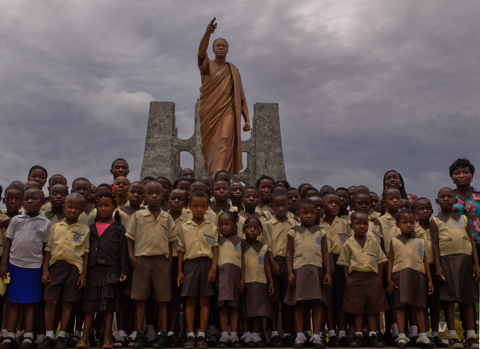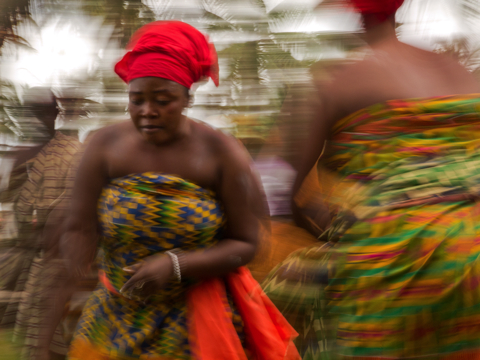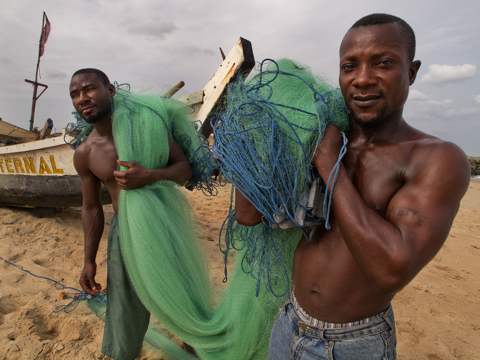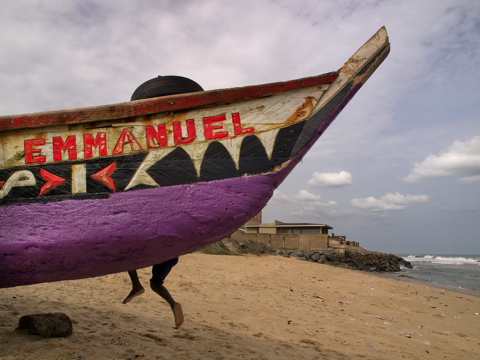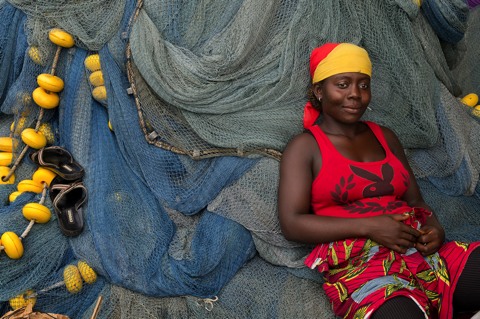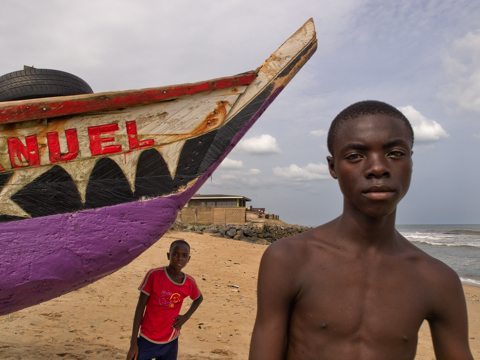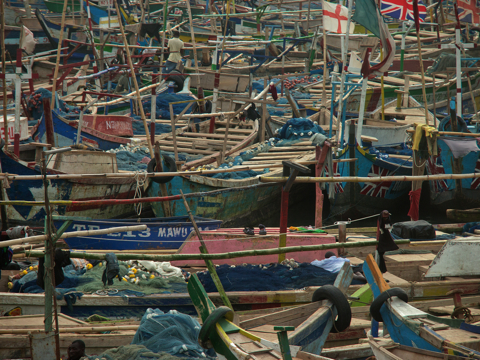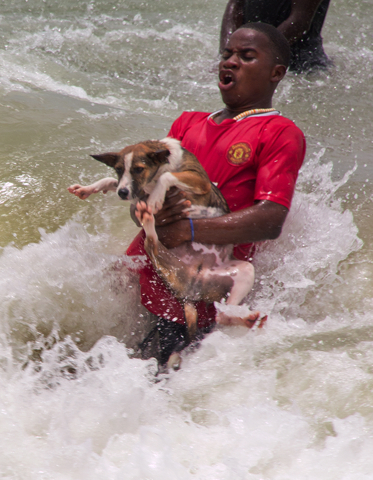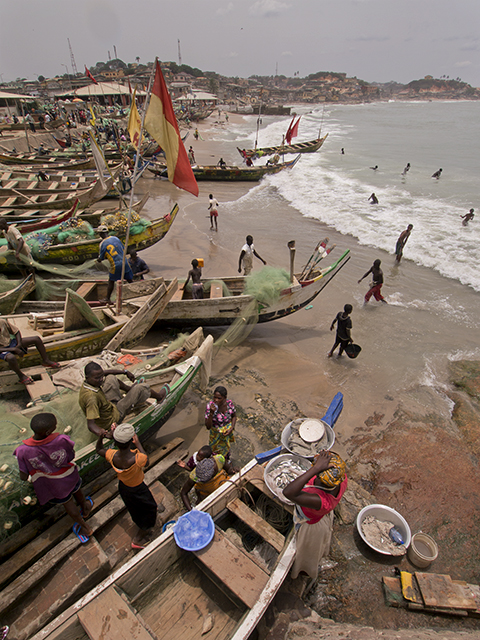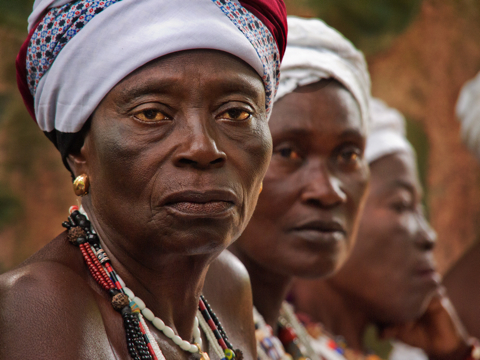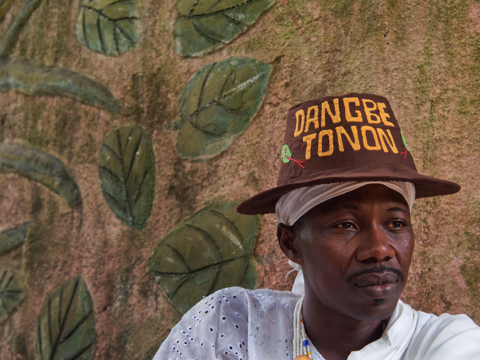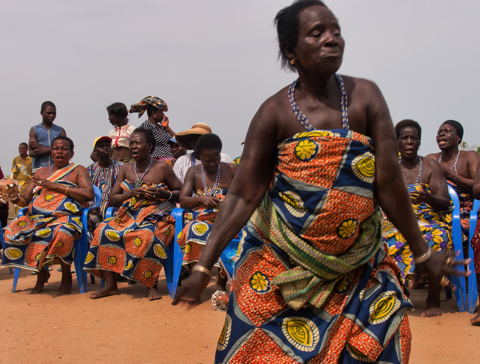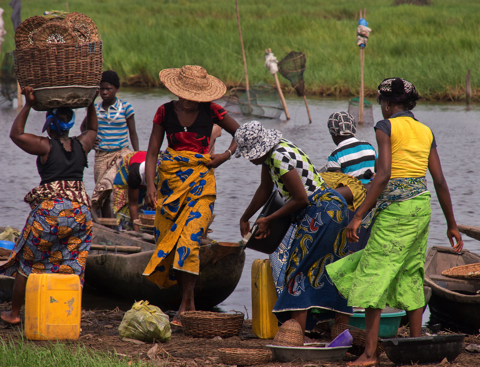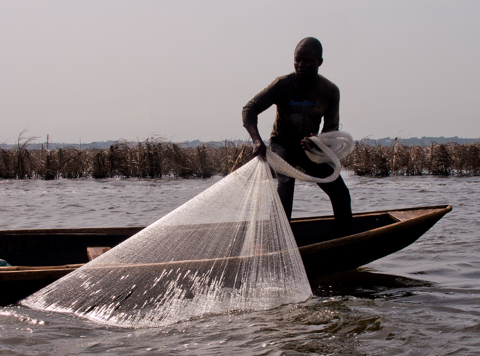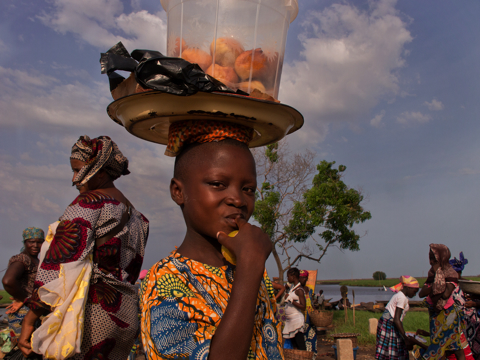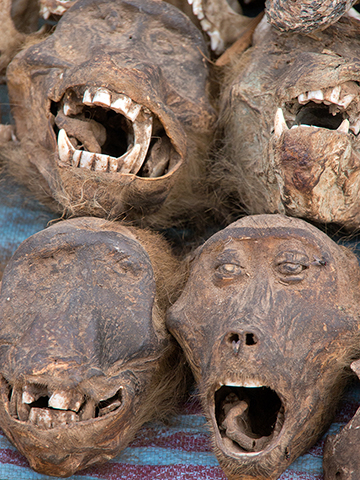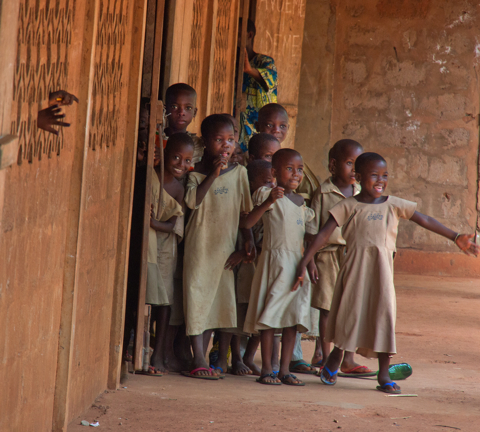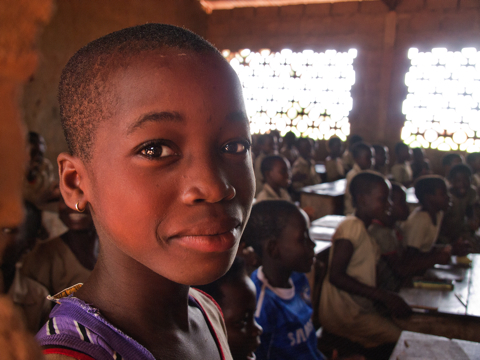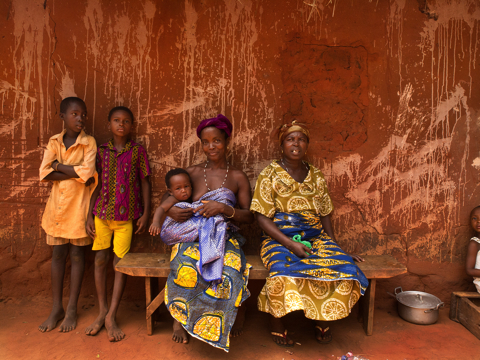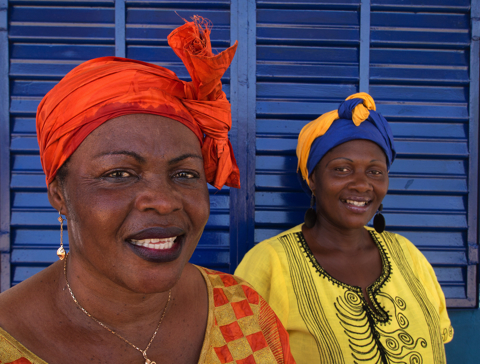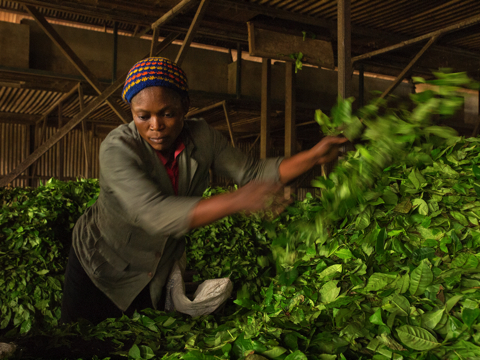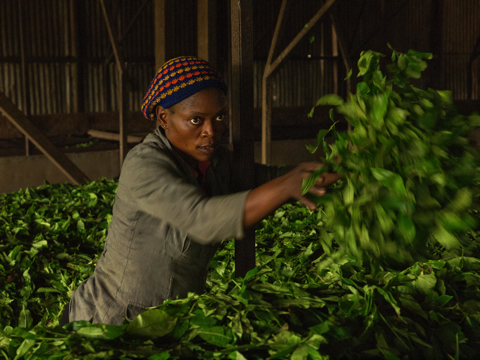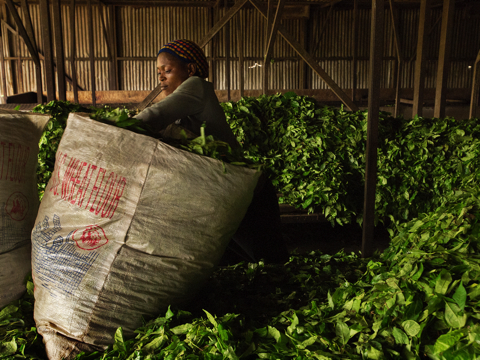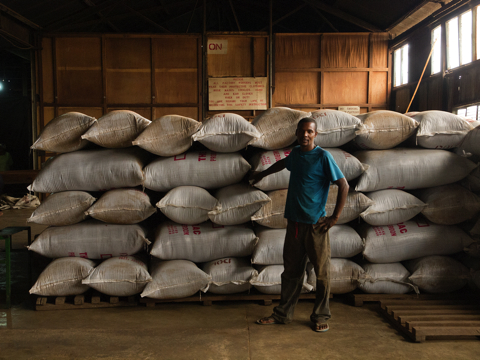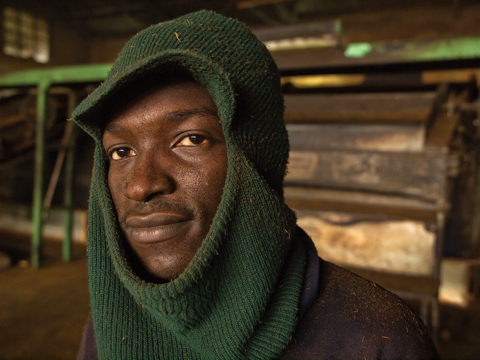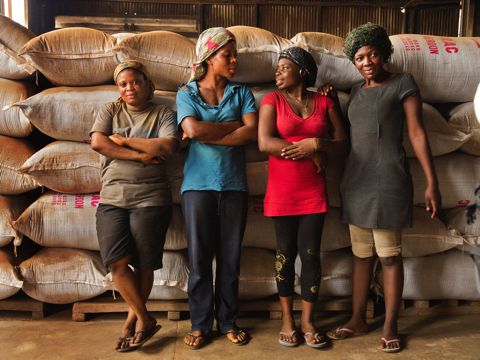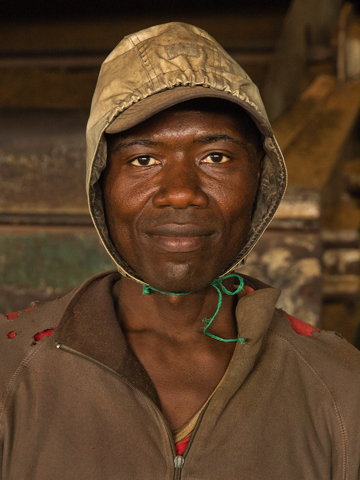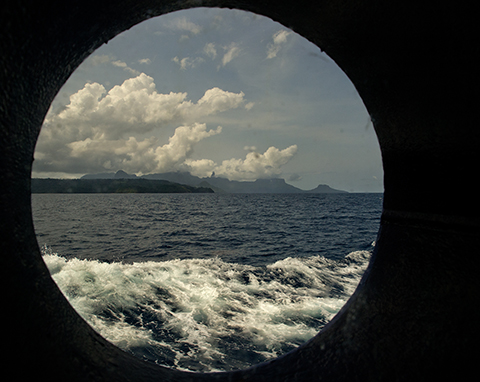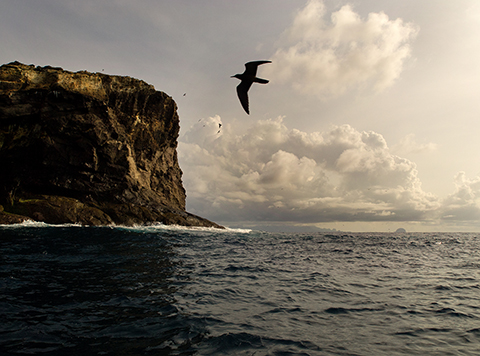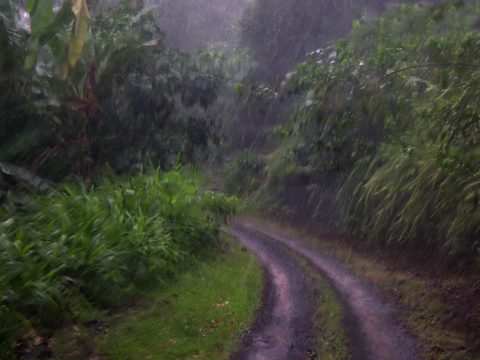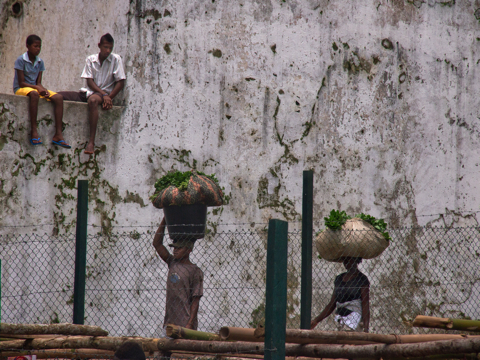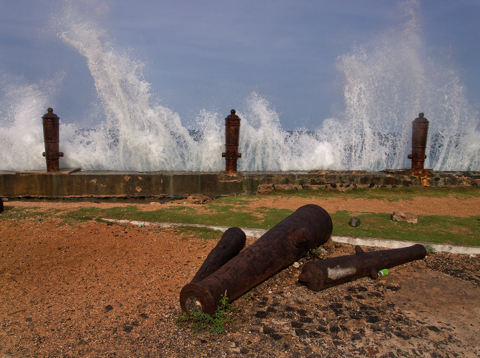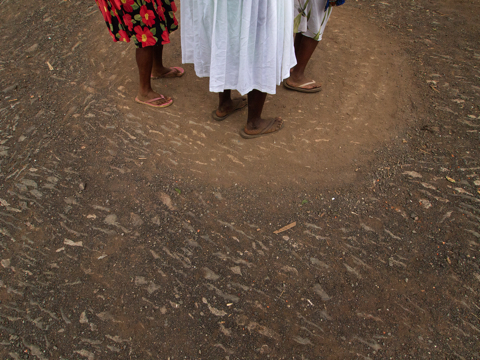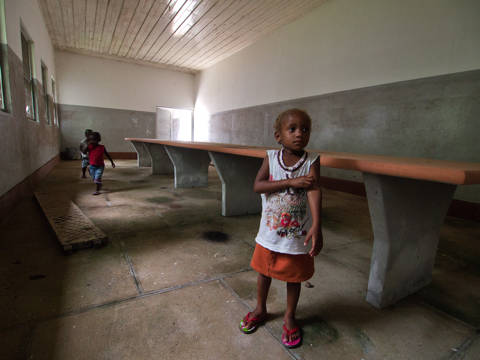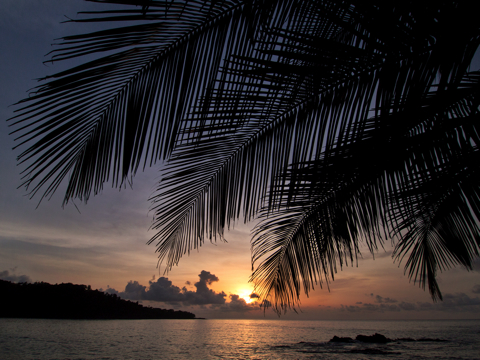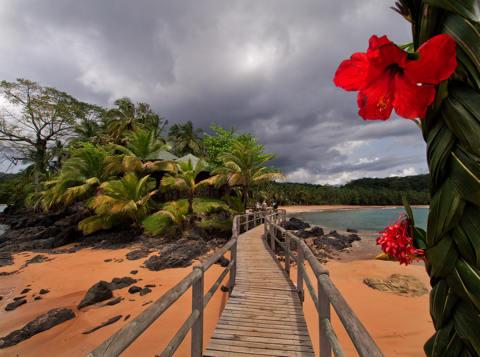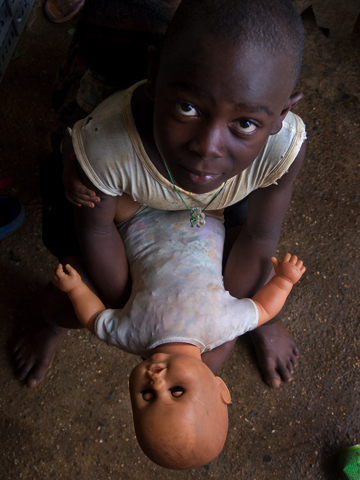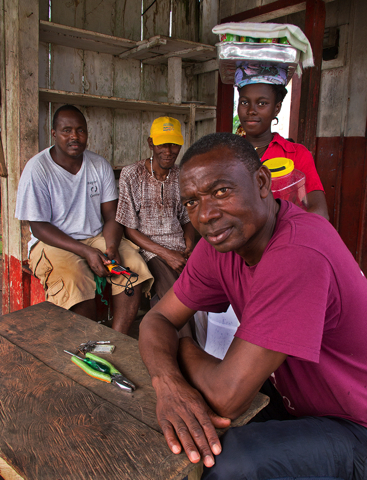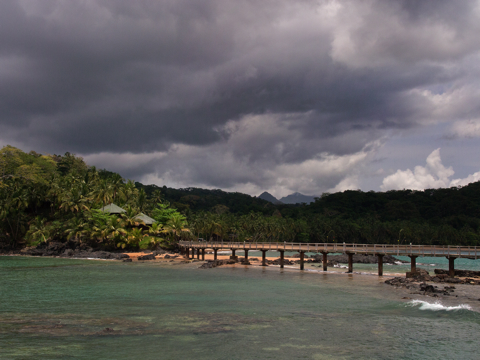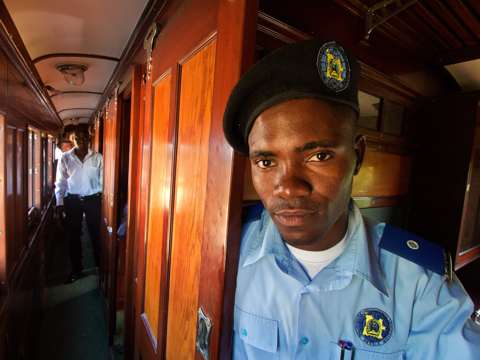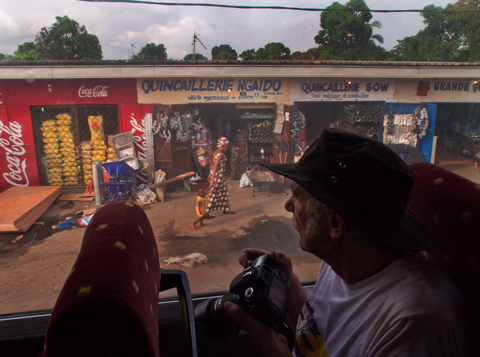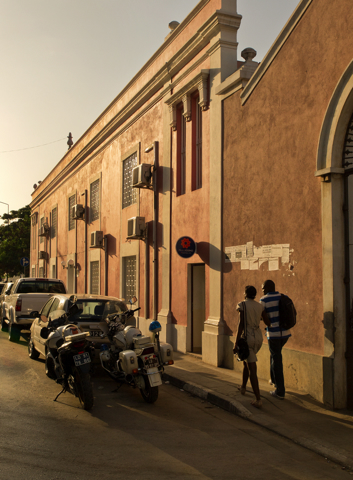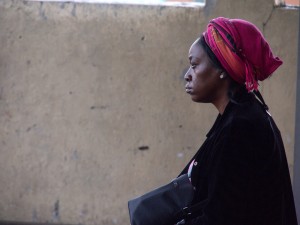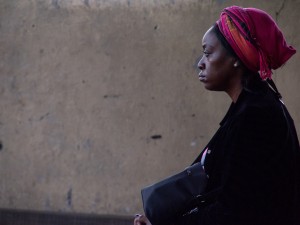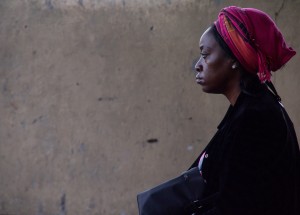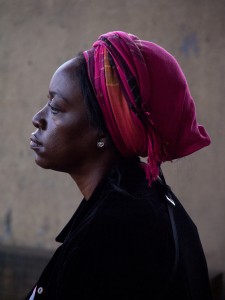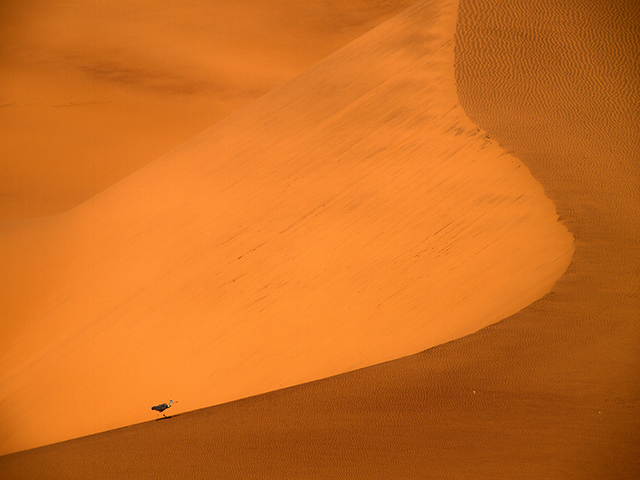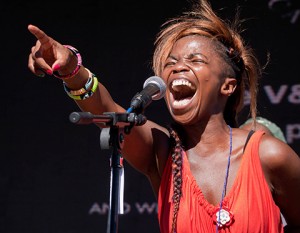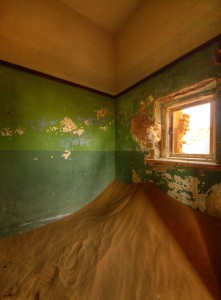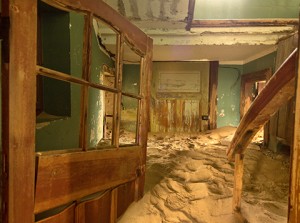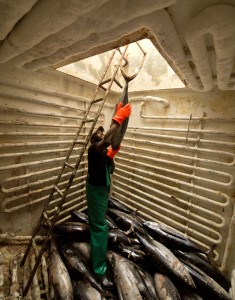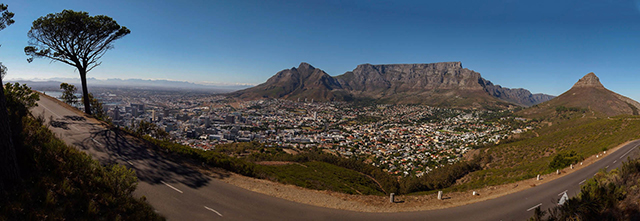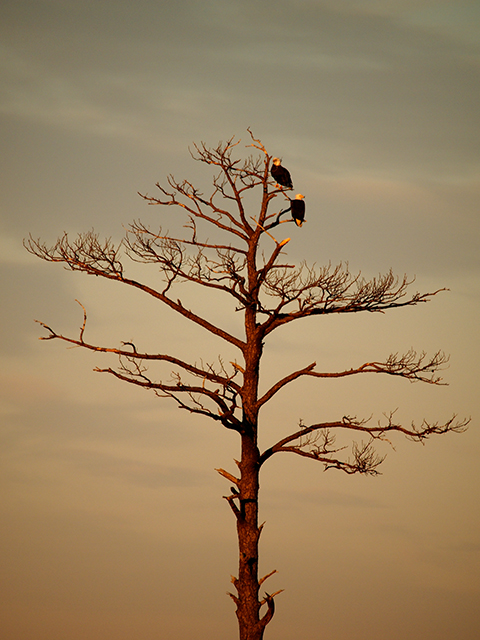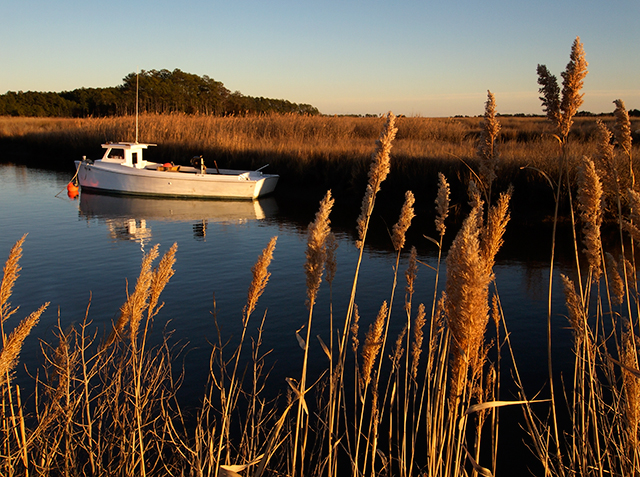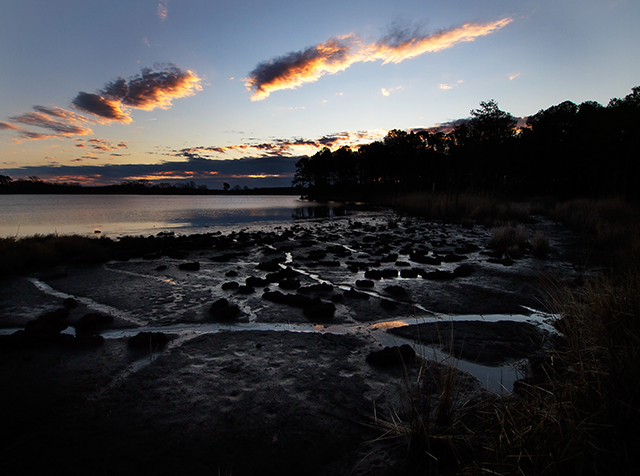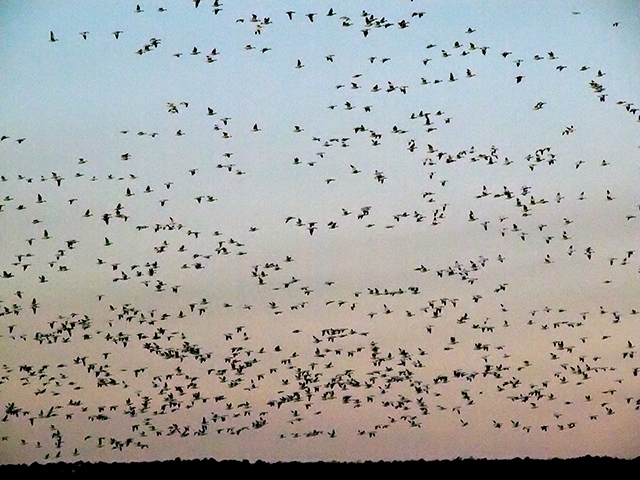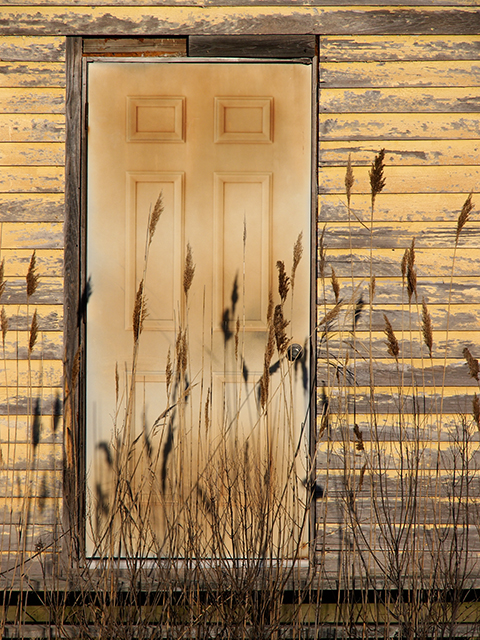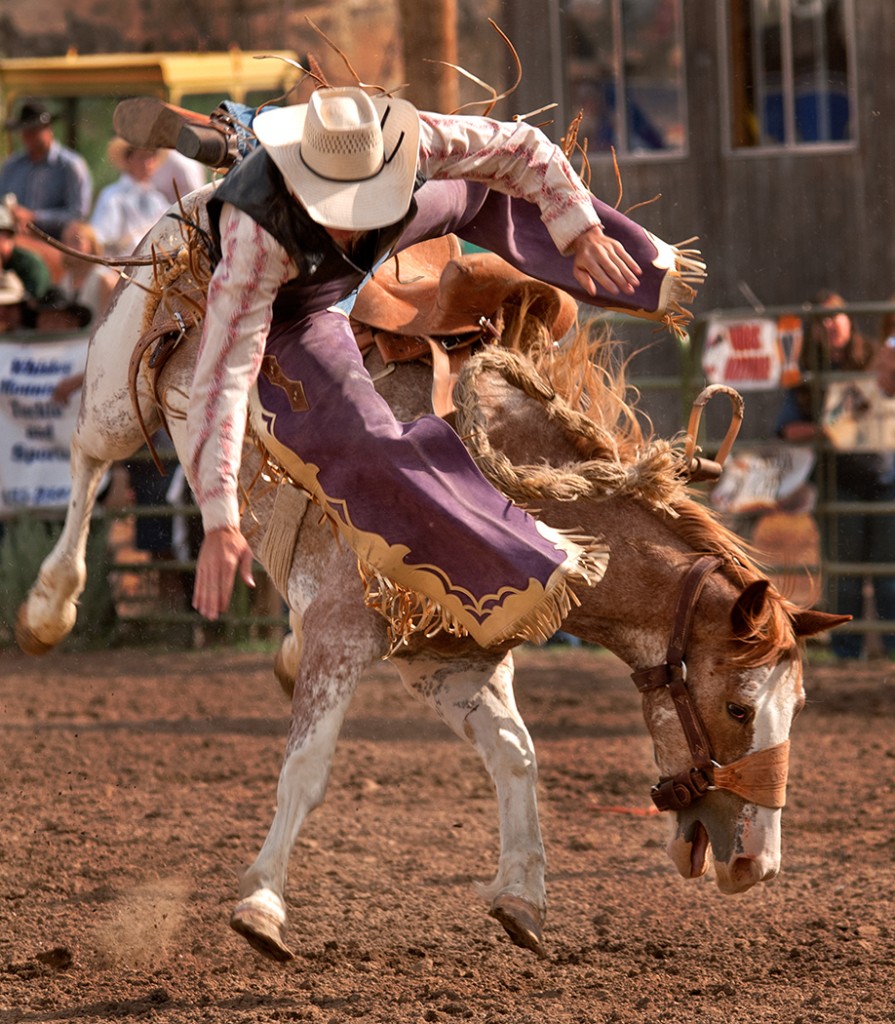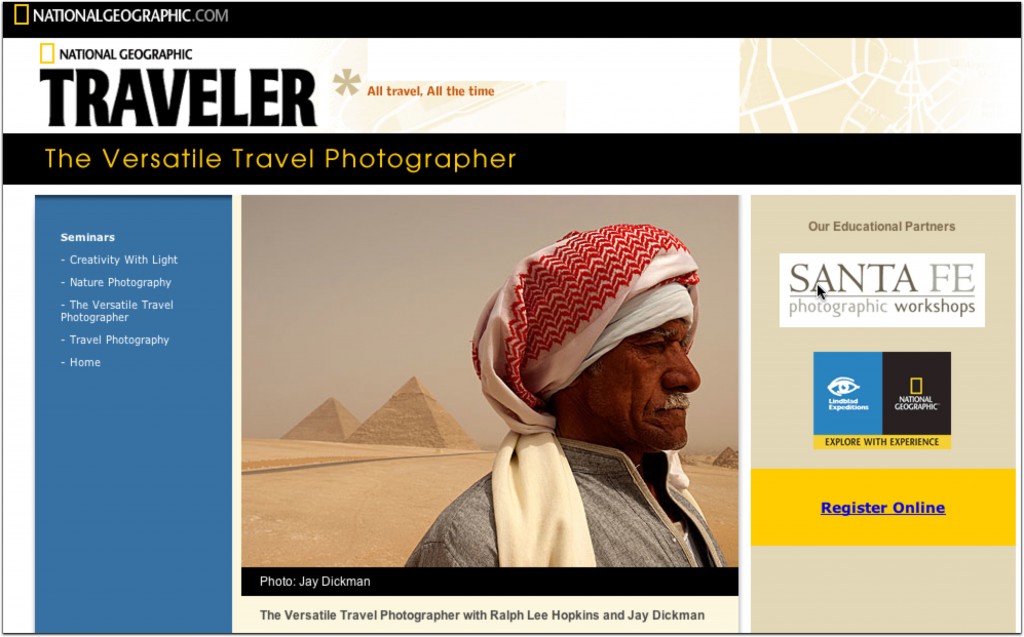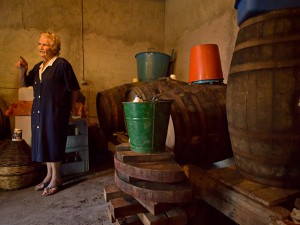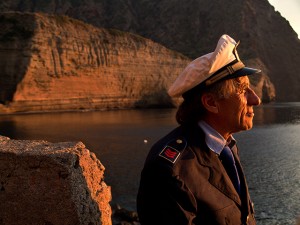Western Coast of Africa: Liberia, Sierra Leone, The Gambia and Senegal
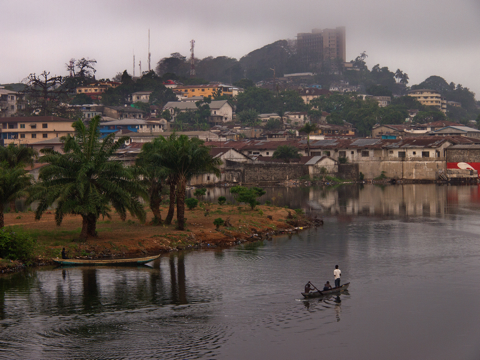
Monrovia, Liberia
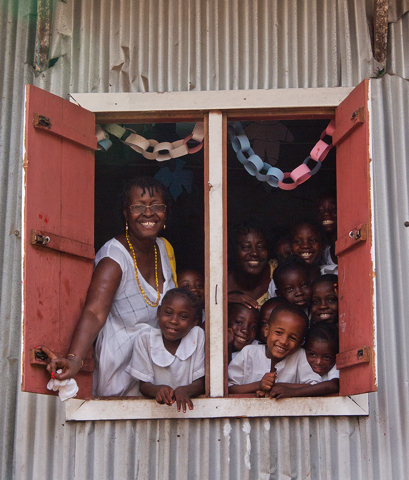
Miatta Fabnbulleh and students at Obaa's Girl's School
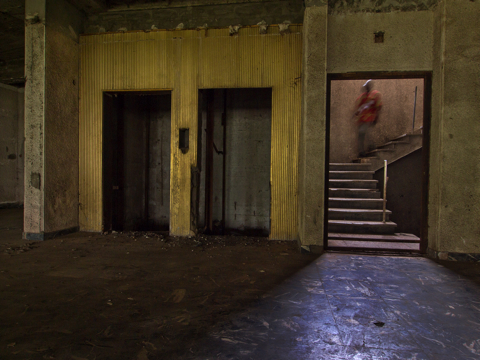
Old Dacor Hotel in Liberia
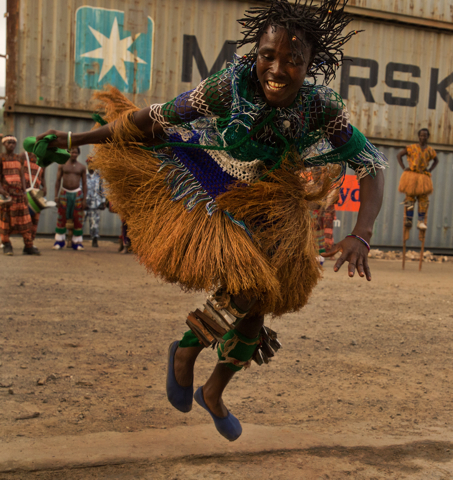
Dancers at dockside in Sierra Leone
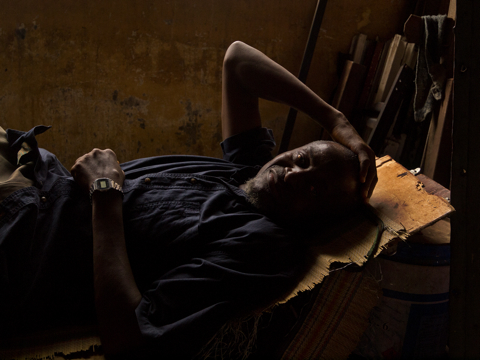
carpenter at rest in Freetown, Sierra Leone
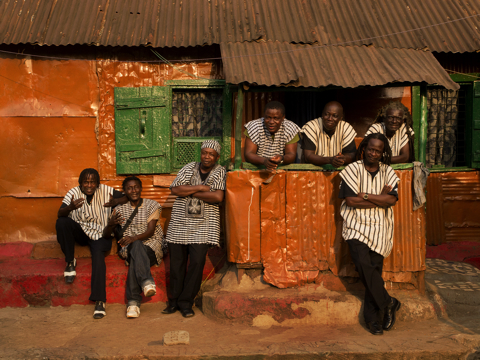
The "Sierra Leone Refugee All Stars" photo shoot
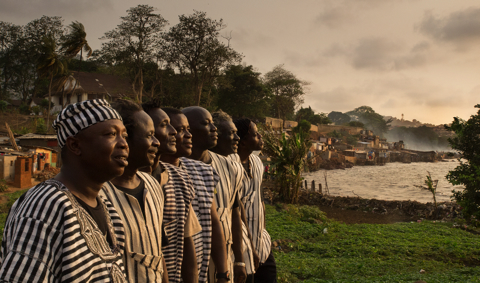
The "Sierra Leone Refugee All Stars" Photo Shoot, part 2
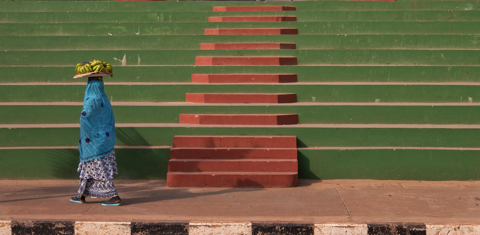
Near presidential palace in Banjul, The Gambia
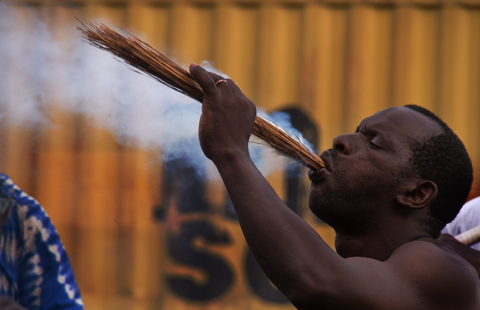
Street performer, Banjul, The Gambia
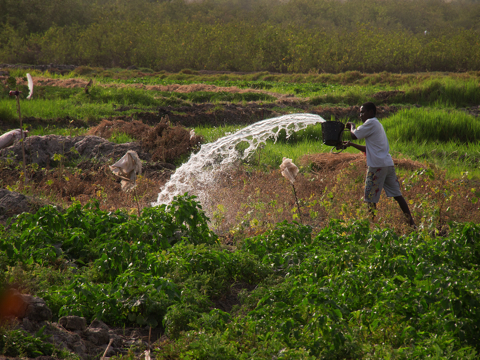
Small parcel farmer, watering his crops outside Banjul, The Gambia
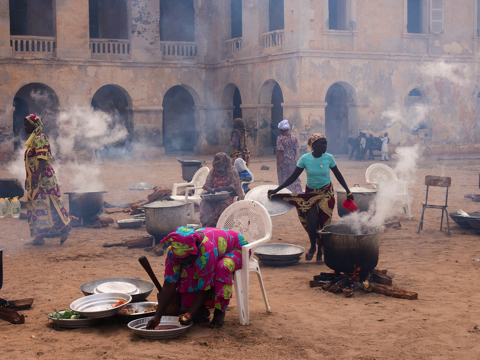
women cook for Muslim celebration on Gorée Island, off of Dakar, Senegal
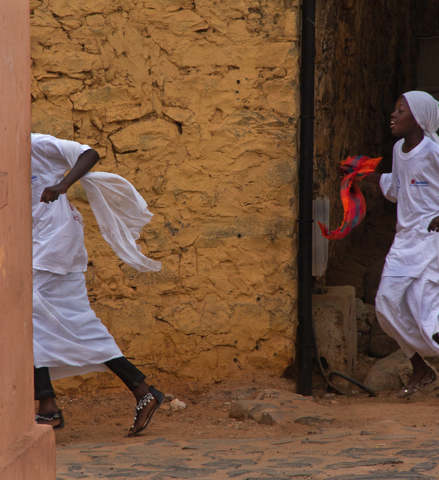
on Gorée Island of of Dakar, Senegal
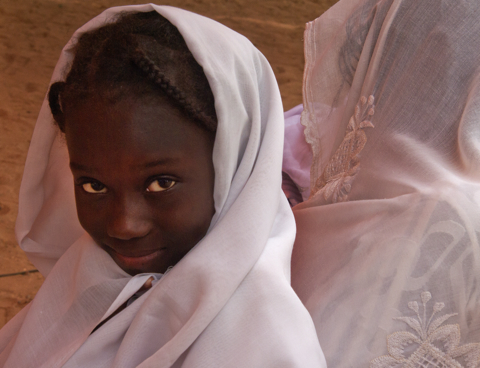
young Senegese girl at Muslim celebration on Gorée Island, near Dakar, Senegal
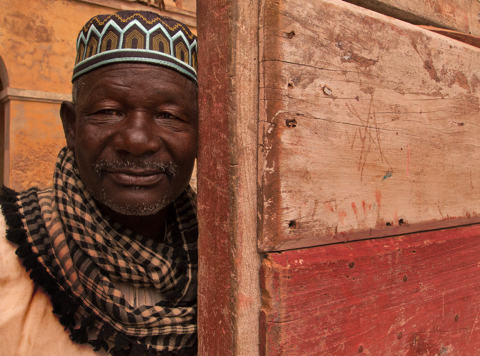
Gorée Island, near Dakar, Senegal
Moving in a northerly direction, we’ve visited four countries in a row: Liberia and Sierra Leone, then one transit day followed by The Gambia and Senegal. Things are feeling different the further north we go. The music is taking on a northern African feel along with a subtle change in the character of the people. We’re moving into more of a Muslim concentration which also brings more hesitation to be photographed.
Liberia and Freetown was first. “Obaa’s Girls School” provides an education for young girls who otherwise might be lost in their poor communities. An amazing woman, Miatta Fabnbulleh founded the school and she also is Liberia’s top singer. The school was impressive: very clean, kids very well-mannered, and obviously in a learning mode.
Walking through the abandoned old luxury hotel, “The Ducor,” was an eerie exposure to a not so distant past of the hotels former glory and opulence. Guarded by the state as there is expectation of re-opening, the impression is that those hopes of re-establishing the opulence of this fading building are not high.
Sierra Leone. I’d been looking forward to this stop for several weeks as Jacob, our musicoligist, had asked if I’d be interested in photographing the group “Sierra Leone’s Refugee All Stars” for use in promotion as there are no usable photos of the group in their home country. Morning was spent driving thru the city, an intriguing look at this impoverished country’s capital city. (so slow was our drive, that a young girl leading her blind grandfather was observed passing our bus as it crept along). Very slow, but also very interesting to see the moving pulse of this city.
Afternoon, Jacob and I walked the streets surrounding the port, choosing sites we’d return with the band near dusk. We headed back out around 5, returning to those places…permission was granted at each place, the light was beautiful and I returned to my days as a rock & roll photographer.
The Gambia-how cool is that name for a country? Not “Gambia,” it’s “The Gambia.” Probably this name choice happened to differentiate from Gambia River. An extremely narrow country running east-west, The Gambia is surrounded on three sides by Senegal and on the west by the ocean. Legend has it that the length was determined by the path of the river, the width by how far an English naval boat’s cannon could fire..about 20 miles. It is a fascinating place, with attendant photographic opportunities.
Last in this blog’s group was Senegal. Dakar was our stop, a large and intense city, and we were fortunate to be there on Saturday-meaning our transportation could actually move through the usually traffic-clogged corridors of the city.
Morning in Dakar found us heading by ferry to Gorée Island, one of the main slave trading areas on Africa. Home to one of the infamous “doors of no return”, this place was a sad reminder of what incredible cruelty once existed on this continent. Slaves, crammed into brutally hot storage rooms, often waited for weeks to be shipped out to the Americas and Europe.
We’re at sea, heading to Western Sahara-more coming soon!



